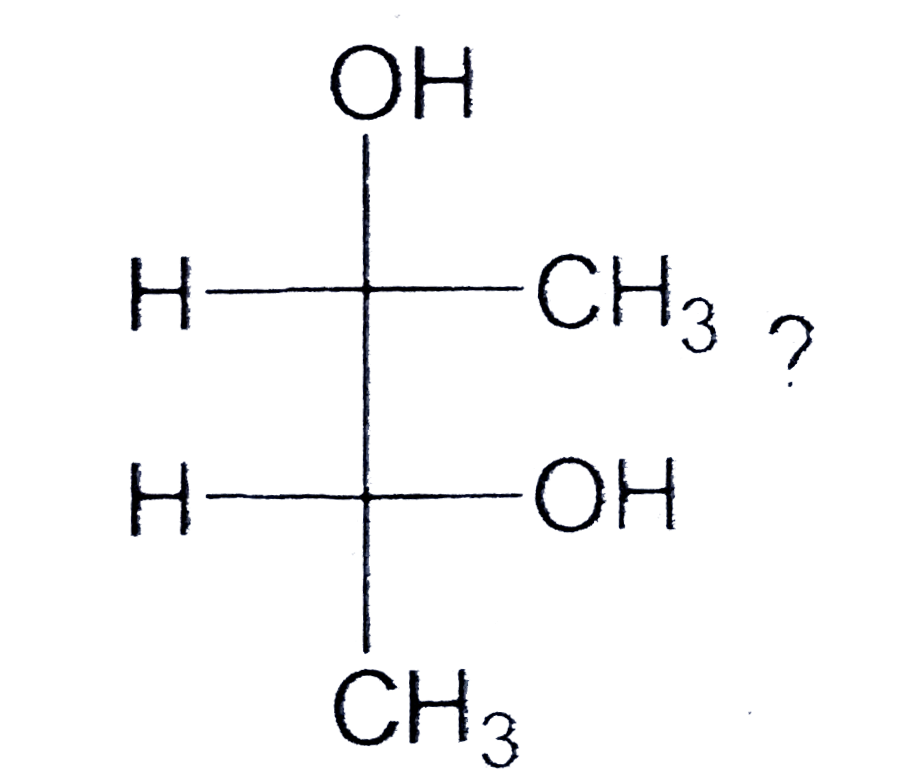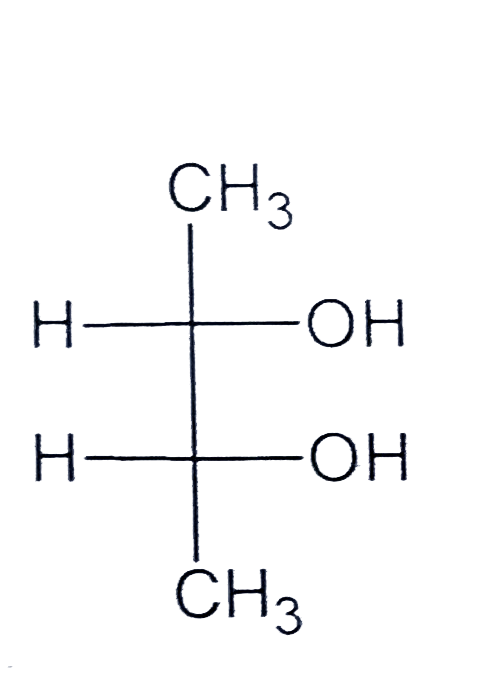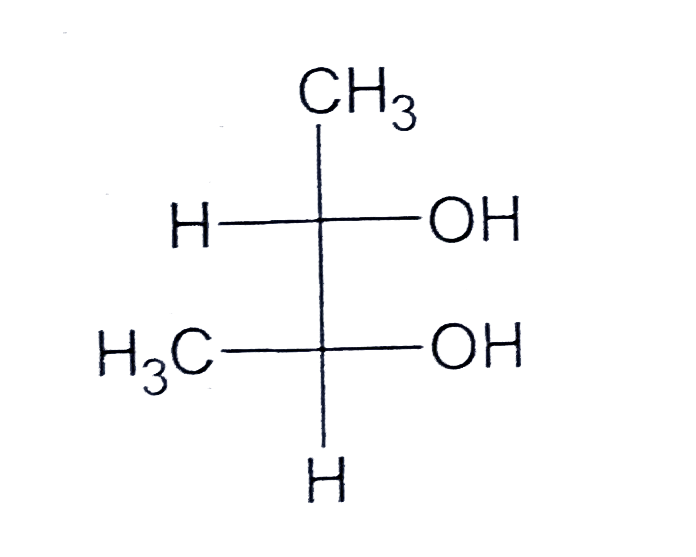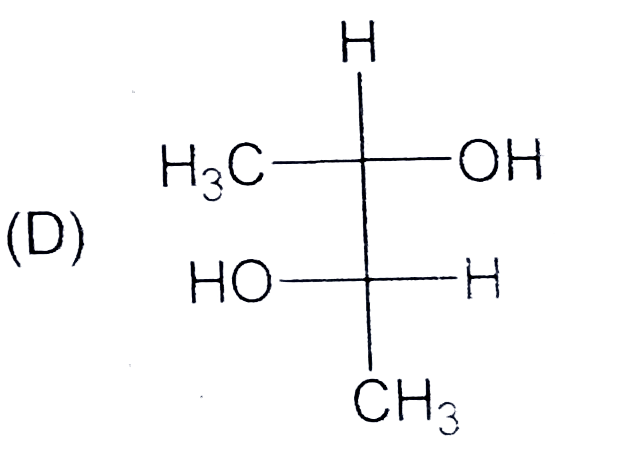Which of the following statements is false?
(i) AD enantiomers rotates the plane of polarized light to the right and an L enantiomer to the left
(ii) Conversion of an erythro to a threo stereoisomer always occurs by inversion at one chiral C.
(iii) A racemate can be distinguished from a maso or an achiral compound by an attempted resolution
(iv) Racemizatio of an enantiomer can only occur by breacking of a least one bond to the chiral center
(v) A reaction catalyzed by an enzyme always gives an optically active product.
(i),(ii),(iii),(iv),(v)
(i),(iii),(v)
(i),(v)
(ii),(iii),(iv)
The correct Answer is:C
(i) is false because the terms D and L do not refer to the sign of rotation. They refer to the configuration of a stereoisomer relative to that of D(orL)-glyceraldehyde. Moreover D and L steroisomers are not necessarily enantiomers. The statement that D and L steroismers are enantiomers is ture only for a compound with one chiral carbon.

Consider the conversion of the D compound above to the L compound, a different diasteromer i9s formed.
(ii) is true because changing the configuration at one of the chiral carbon atoms converts one diastereomer to the other
(iii) is true because unlike a racemate, meso and chiral compounds cannot be resolved as they do not consist of enantiomers.
(iv) is true because only by breaking a bond configuration is changed
(v) is false because the product could be meso or chiral
Topper's Solved these Questions
- STEREOCHEMISTRYBook:R SHARMAChapter:STEREOCHEMISTRYExercise:Follow-up Test 2
Explore 1 Video
- STEREOCHEMISTRYBook:R SHARMAChapter:STEREOCHEMISTRYExercise:Follow-up Test 3
Explore 1 Video
- STEREOCHEMISTRYBook:R SHARMAChapter:STEREOCHEMISTRYExercise:Follow-up Test 1
Explore 1 Video
- SOLUTIONSBook:R SHARMAChapter:SOLUTIONSExercise:ARCHIVES
Explore 42 Videos
- SURFACE CHEMISTRYBook:R SHARMAChapter:SURFACE CHEMISTRYExercise:Archives
Explore 18 Videos
Similar Questions
State whether the following statements are true or false.
a. D and L stereoisomers are enantiomers.
b. D enantiomer rotates the plane-polarised light to the right and L enantiomer to the left.
c. Conversion of an erythro to a threo stereoisomer always occur by inversion at one chiral C.
d. A racemate can be distinguished from a meso or a chiral compound by an attempted resolution.
e. Racemisation of an enantiomer can only occure by breaking of at least one bond to the chiral centre.
f. A reaction catalysed by an enzyme always gives an O.A product.
g. When an achiral molecule reacts to give achiral molecule, the product is always racemic
h. In chemical reactions, the change from an S reactant to an R product always signals an inversion of configuraion.
i. An optically inactive substance must be achiral.
j. An achiral compound can have chiral centres.
K. A compound with S configuration is the (−) enantiomer.
View SolutionWhich of the following is enantiomer of

View Solution
Knowledge Check
Which of the following is enantiomer of
 A
A B
B C
C D
D
Which of the following statements is not true about enantiomers
AThey have same physical propertiesBThey have different biological propertiesCThey have same chemical properties towards chiral compoundsDNone of theseWhich of the following pair of compounds is a pair of enantiomers
A[Co(NH3)4Cl2]+B[Cr(en)3]3+C[Co(P(C2H5)3)2ClBr]Dtrans- [Co(en)2Cl2]+
Which of the following pairs are enantiomers?
View SolutionWhich of the following pair of compounds is a pair of enantiomers
View SolutionWhich of the following pairs are enantiomers?
View SolutionWhich of the following pairs of compounds is a pair of enantiomers?
View SolutionWhich of the following compounds may not exist as enantiomers ?
View Solution

